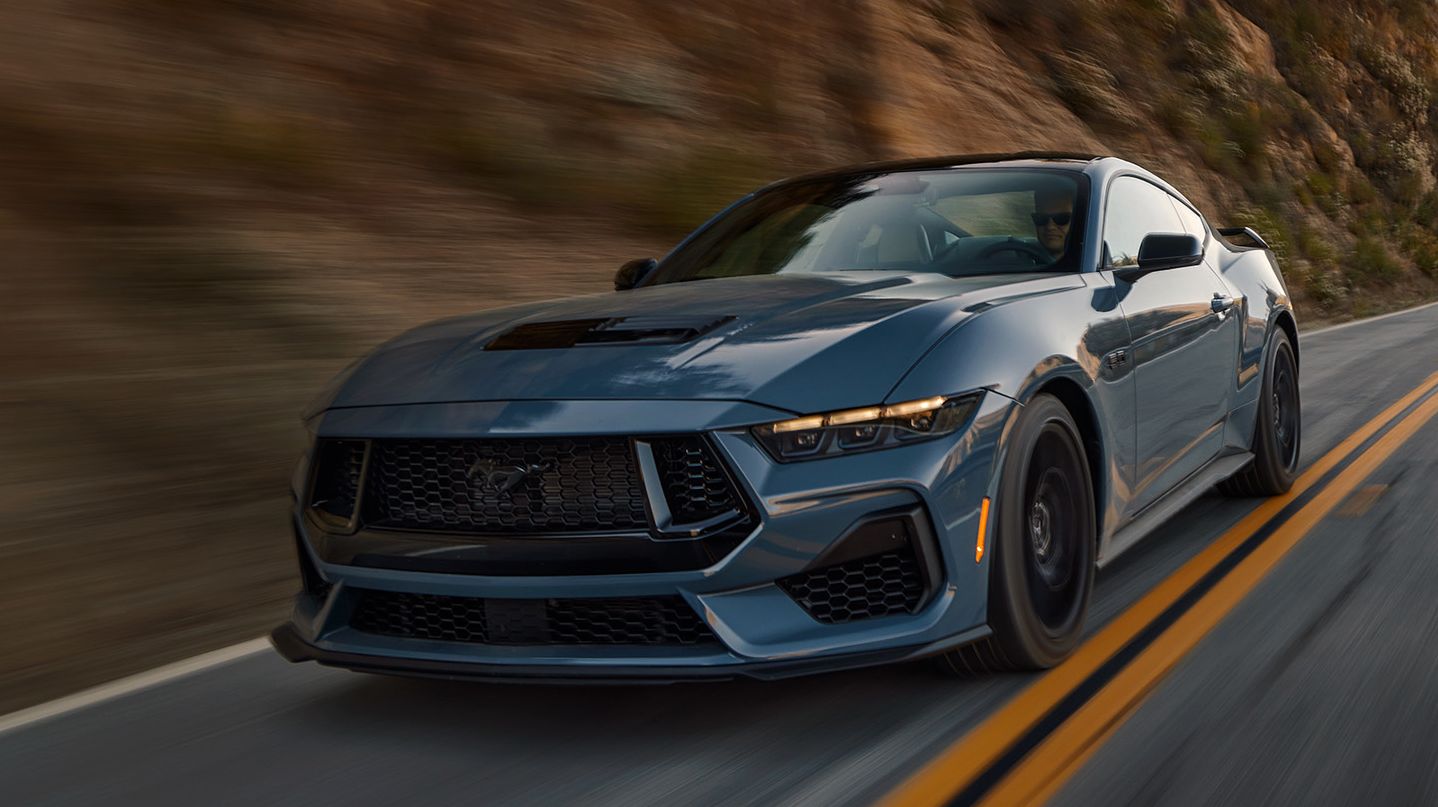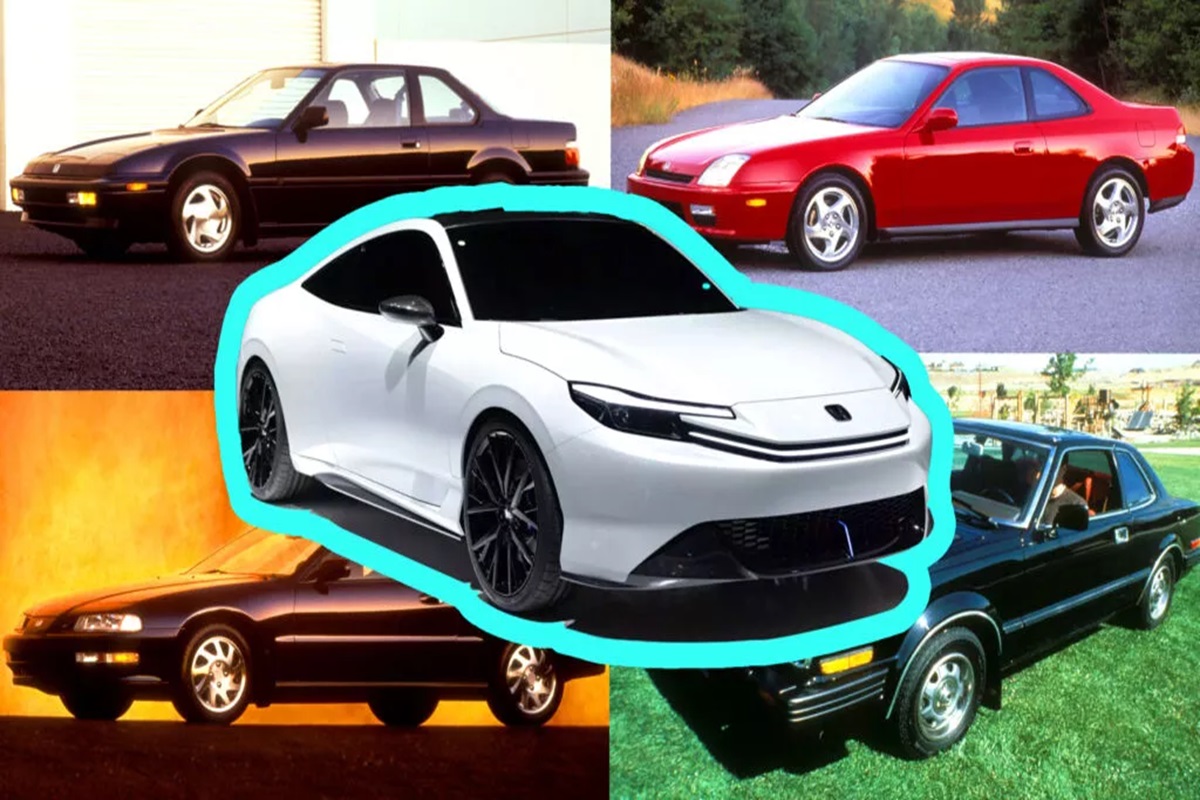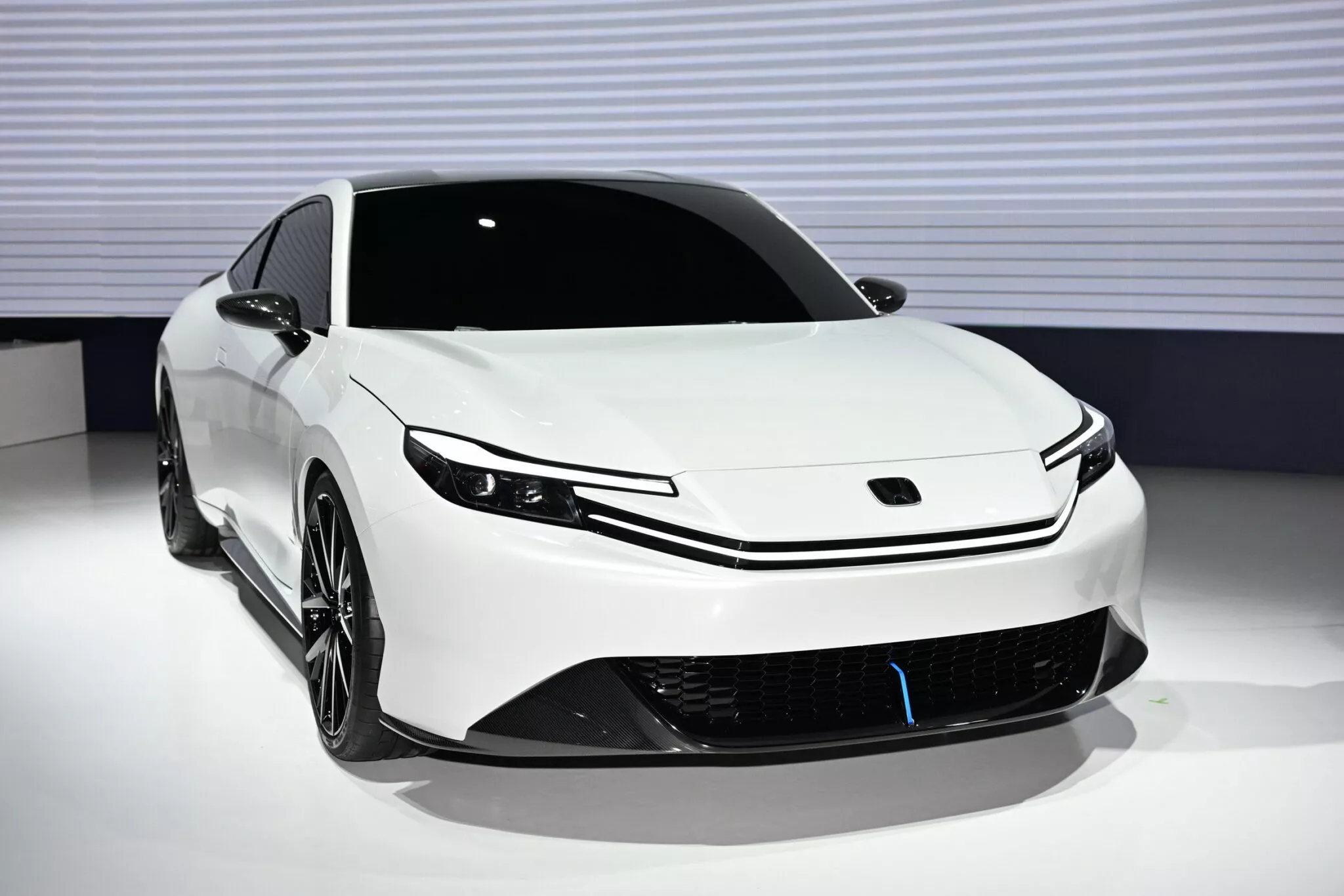Xiaomi is gearing up to unveil its highly anticipated Redmi K80 and Redmi K80 Pro, the latest additions to its popular K series lineup. These upcoming smartphones are poised to deliver significant enhancements and new features, building upon the success of their predecessors, the Redmi K70 and Redmi K70 Pro.

Recent sightings of the Redmi K80 and K80 Pro in the IMEI database have fueled the anticipation surrounding these devices, signaling their imminent launch in the near future. The model numbers revealed in the database, “24122RKC7C” for the Redmi K80 and “24127RK2CC” for the Redmi K80 Pro, further confirm the existence of these upcoming flagship-level smartphones.
The Redmi K70 and K70 Pro, the current generation of Xiaomi’s K series, have already set a high bar in terms of performance and features. Equipped with a 6.67-inch OLED display boasting a 120Hz refresh rate, a 50MP main camera, and a 16MP front-facing camera, these devices have been well-received by consumers. The K70 was powered by the Snapdragon 8 Gen 2 processor, while the K70 Pro featured the even more powerful Snapdragon 8 Gen 3 chipset.
With the Redmi K80 series, Xiaomi is poised to raise the bar even higher. The Redmi K80 is expected to be powered by the latest Snapdragon 8 Gen 3 processor, while the flagship Redmi K80 Pro will boast the cutting-edge Snapdragon 8 Gen 4 chipset. These significant upgrades in processing power suggest that the K80 series will deliver an even more impressive performance, catering to the demands of power users and mobile enthusiasts.
While the specific details of the Redmi K80 and K80 Pro’s specifications remain under wraps, the mere fact that they are equipped with the latest Snapdragon chipsets indicates that Xiaomi is committed to pushing the boundaries of what’s possible in the flagship smartphone segment. Consumers can expect to see a range of innovative features and enhancements that will set the Redmi K80 series apart from its predecessors.
The anticipated launch of the Redmi K80 and K80 Pro is expected to take place in November, and the global market will also see the introduction of the Redmi K80 as the POCO F7 Pro. This move highlights Xiaomi’s strategy to cater to a wider audience and expand the reach of its flagship offerings.









